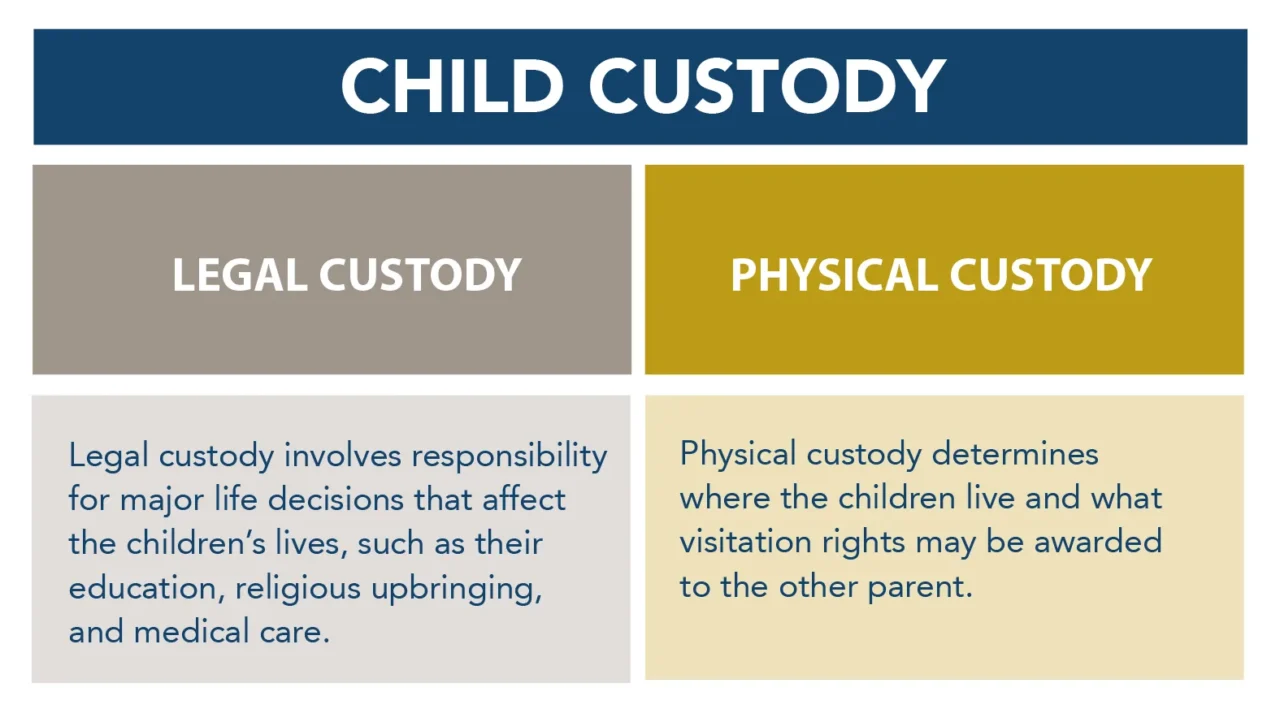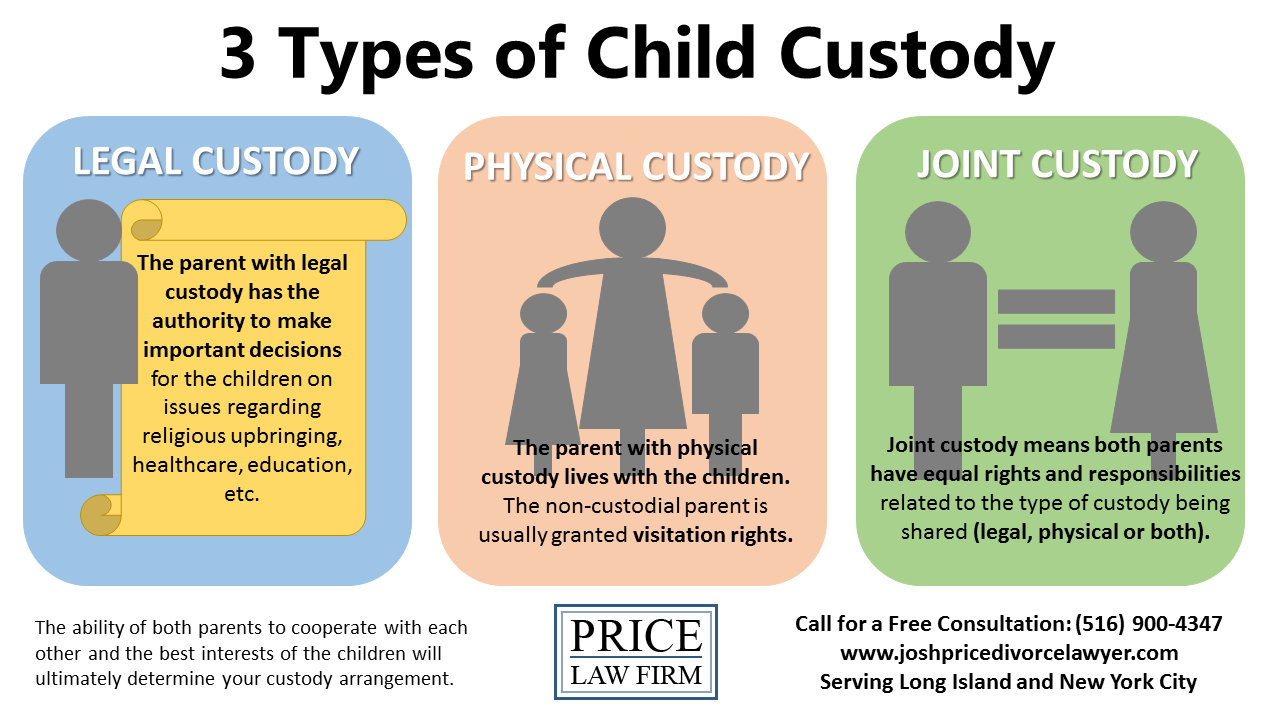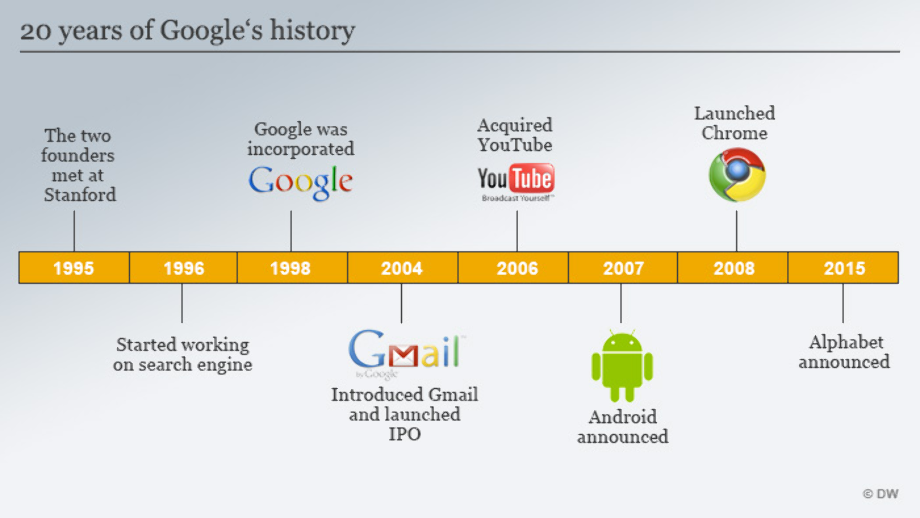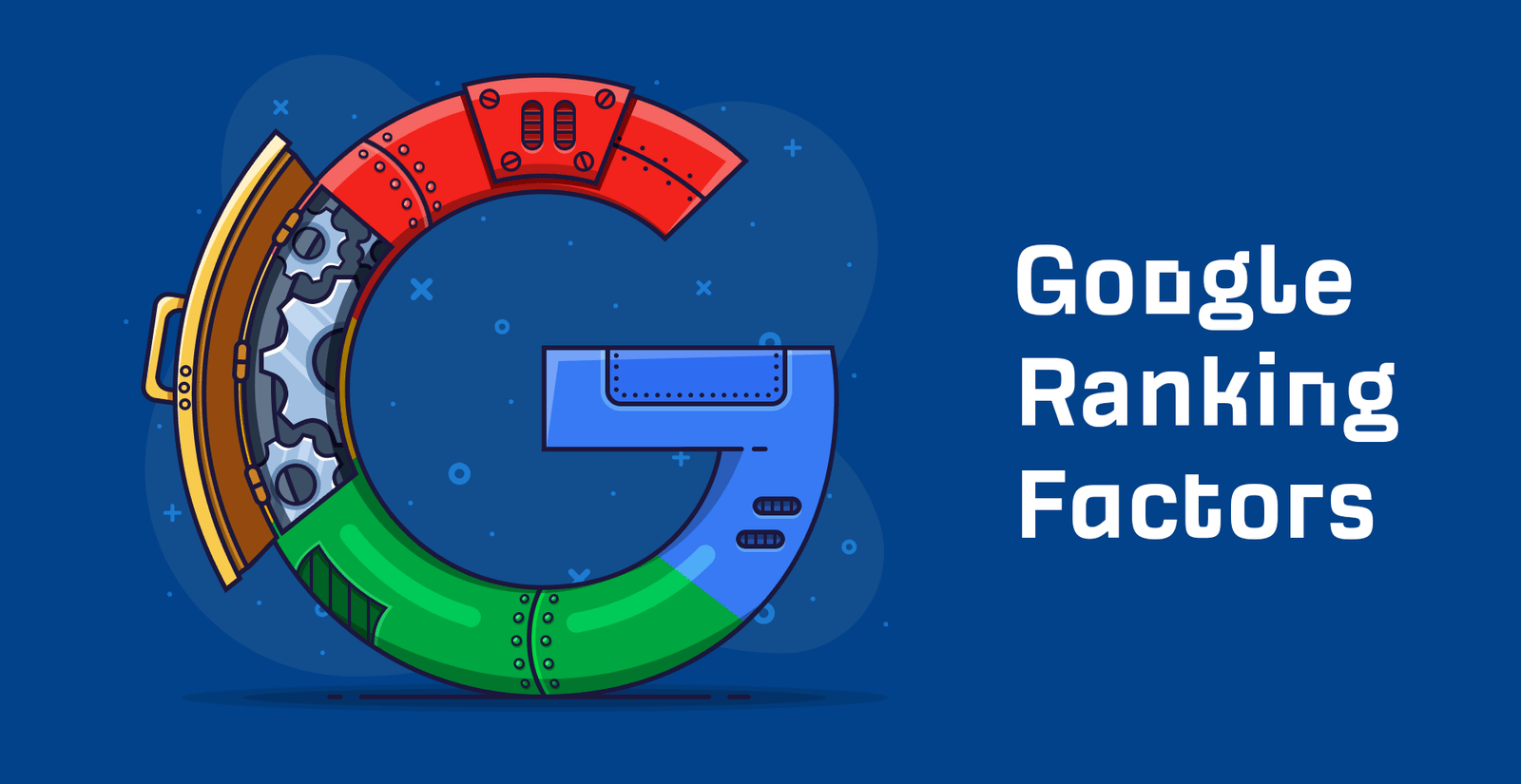Blog
worldwidesciencestories.com innovative tech ventures: Authentic Guide to Cutting-Edge

Exploring Innovative Tech Ventures with Unique Names
Introduction
worldwidesciencestories.com innovative tech ventures: Authentic Guide to Cutting-Edge Welcome to ourexploration of the most innovative tech Startups, WorldWideScienceStories combines creativity and technology, revealing captivating stories behind groundbreaking innovations. In this article, we will uncover some of the most exciting tech ventures that not only boast cutting-edge technology, but also unique and memorable names. These startups are setting new standards in their respective fields, pushing the boundaries of what’s possible.
The Power of a Name
In the world of tech startups, a unique and memorable name can do wonders. It can capture the essence of the brand, intrigue potential customers, and set the stage for storytelling. A well-chosen name becomes a powerful tool for brand differentiation in a crowded marketplace.
Harnessing the Potential of Technology for Storytelling
Technology has revolutionized storytelling, offering new dimensions for creativity and engagement. From interactive platforms to immersive virtual and augmented reality experiences, tech is reshaping how stories are crafted and consumed.
Startups like Immersivly or StoryScape are utilizing cutting-edge technologies to create compelling, but also participatory narratives, allowing audiences to become part of the story themselves. By integrating data analytics, these ventures tailor content to audience preferences, making stories more personalized and impactful.
The combination of technology and storytelling opens up fresh possibilities for deeper connections, enabling stories to transcend traditional boundaries and reach wider, more diverse audiences.
Spotlight on Innovation
Let’s take a closer look at some of these innovative tech ventures and explore what makes them stand out:
1. Gloopernook
Gloopernook is reimagining the way we interact with smart home devices. Their AI-powered platform allows seamless integration of various smart devices, providing users with a unified and intuitive control system. Their quirky name reflects the playful yet sophisticated nature of their technology.
2. Wazzlenix
Wazzlenix is breaking new ground in augmented reality (AR) gaming. By combining AR technology with real-world environments, they create immersive gaming experiences that blur the lines between reality and imagination. The name Wazzlenix embodies the whimsical adventure that awaits users in their virtual worlds.
3. Zizziblade
With a focus on renewable energy solutions, Zizziblade is changing how we harness wind power. Their innovative turbine designs are inspired by nature and maximize energy efficiency. Zizziblade’s name captures the elegance and precision of their technology, drawing inspiration from the gentle swish of blades slicing through the air.
4. Snorgleplix
Singleplex is revolutionizing healthcare with its AI-driven diagnostic tools. By leveraging deep learning algorithms, they provide accurate and timely diagnoses, improving patient outcomes. The name Snorgleplix reflects the company’s approachability and commitment to making advanced healthcare accessible to all.
5. Splindorax
Splindorax is transforming how urban planners design sustainable cities. Their data-driven platform analyzes urban environments, helping planners make informed decisions to reduce carbon footprints. Splindorax’s name hints at the complexity and intricacy of urban ecosystems, while maintaining a sense of futuristic innovation.
The Impact of Innovative Tech Ventures
These startups are just a glimpse into the vast world of innovation happening across the tech landscape. By challenging conventions and thinking outside the box, they create products and services that can change lives and industries.
The Future of Tech Startups
As technology continues to evolve, so will the opportunities for creative minds to disrupt traditional industries. We can expect even more ingenious tech ventures to emerge, each carrying a name that leaves a lasting impression.
The Origin of WorldWideScienceStories.com’s Innovative Tech Venture
The inception of WorldWideScienceStories.com as an innovative tech endeavor stemmed from a desire to make scientific insights more reachable and appealing to a wider audience. Recognizing the obstacles posed by conventional science communication, which often includes complex jargon and uninteresting presentations, the founders sought to develop a platform that educates and excites.
The concept involved fusing storytelling with cutting-edge technology, giving users the chance to delve into scientific ideas through engaging and immersive narratives. This unique integration of creativity and technology distinguishes WorldWideScienceStories.com, cultivating a community driven by curiosity and active participation.
The Platform’s Cutting-Edge Characteristics
WorldWideScienceStories.com stands out in the tech landscape due to its pioneering approach to science communication. The platform integrates advanced technologies, such as artificial intelligence and machine learning, to curate and personalize content for its users.
This ensures that each visitor receives the most relevant and engaging scientific stories tailored to their interests. Additionally, the platform uses virtual and augmented reality to create immersive experiences, allowing users to explore complex scientific concepts in a more intuitive and impactful way.
The interactive nature of these experiences not only enhances understanding, but also invites users to be active participants in their learning journey. Furthermore, the platform’s seamless design and user-friendly interface make scientific exploration accessible to everyone, breaking down barriers and fostering a vibrant community of science enthusiasts.
Latest Research on WorldWideScienceStories.com’s Innovative Tech Ventures
WorldWideScienceStories.com continues to push the boundaries of scientific communication through its unique marriage of technology and storytelling. Recent research has focused on evaluating the platform’s effectiveness in engaging diverse audiences and enhancing scientific literacy.
Studies have shown that AI-driven personalization significantly increases user engagement, as users are more likely to explore content that aligns closely with their personal interests. Additionally, research into the platform’s virtual and augmented reality components highlights their potential to make complex scientific topics more approachable and comprehensible.
This innovative approach not only boosts knowledge retention among users, but also encourages a more profound interest and enthusiasm for science. As WorldWideScienceStories.com evolves, ongoing research and development efforts aim to further refine its technologies and storytelling techniques, ensuring it remains at the forefront of interactive science education.
Key Points on worldwidesciencestories.com
- Technology is revolutionizing how educational content is delivered to learners worldwide.
- Interactive platforms enhance the engagement and understanding of complex scientific concepts.
- Privacy and control over data are paramount when utilizing digital learning resources.
- Books remain a fundamental cornerstone for deepening knowledge in scientific exploration.
- Online resources like Khan Academy and Coursera provide accessible learning opportunities for all ages.
- Accessibility to quality educational content enables lifelong learning and stimulates curiosity.
- Virtual reality in education offers immersive learning experiences that resonate with students.
- Gamified learning encourages active participation and boosts motivation in scientific studies.
- Feedback from users is crucial in refining technology-based educational tools.
- Integration of different subjects creates a holistic learning experience for diverse audiences.
- Global education platforms can provide students with interdisciplinary scientific knowledge.
- Easily accessible educational content helps educators develop effective teaching strategies.
- Education-focused tech startups offer innovative approaches to traditional learning methods.
- Collaboration between educators and tech developers enhances the quality of educational resources.
- Future advancements in digital technology will continue to transform educational landscapes.
Science Education Resources: Essential Tools for All Learners
- Science education resources: These resources are essential tools for learners at all stages. Educational resources include textbooks, lab kits, and digital platforms with interactive modules to boost scientific understanding.
- Online learning platforms: Platforms like Coursera and Khan Academy have transformed education by offering flexible, self-paced courses in various subjects, making learning more accessible.
- Scientific exploration books: These books are foundational texts that inspire curiosity, deepen scientific knowledge, and make complex concepts engaging by combining theory with real-world applications.
- Digital science education: Modern learning integrates technology and teaching strategies to create engaging experiences. Digital tools can improve accessibility and customize student success pathways.
- Tech startups innovation: Tech startups in the ecosystem drive innovation by developing new solutions to improve scientific education and engagement, often challenging traditional methods for more effective learning.
- Educational videos storytelling: Educational videos use visuals and narration to effectively convey scientific concepts, while storytelling captures students’ attention and improves retention.
- VR and gamified learning: Virtual reality and game-based learning revolutionize student interaction with science by offering immersive and engaging educational experiences.
- Scientific discoveries innovations: Staying updated on scientific breakthroughs creates a dynamic learning environment that encourages exploration and fosters innovation.
- Future of science engagement: Creating interactive and accessible science experiences is key to inspiring future scientists and informed citizens through dynamic engagement initiatives.
- Startup success stories: Successful startup journeys offer valuable insights and inspiration for budding entrepreneurs by showcasing strategies, challenges, and triumphs.
Verdicts of Scientists on WorldWideScienceStories.com
Dr. Emily Tran
“By integrating AI and immersive technologies, the platform enables users to engage with scientific narratives in a manner that is both informative and entertaining. This dual approach significantly enhances both understanding and interest.”
Dr. Raj Patel
“The AI-personalization aspect is fantastic, because it draws in a more dynamic audience who might otherwise find science intimidating. This tailored experience fosters a personal connection to the subject matter, which is crucial for sustained engagement.”
Professor Maria Gonzalez
“The use of virtual and augmented reality is what sets WorldWideScienceStories.com apart. These elements transform abstract scientific concepts into tangible experiences, making learning intuitive and interactive.”
Additional Expert Opinions on WorldWideScienceStories.com
Dr. Lucy Chen
“As a digital learning specialist, I am impressed by how WorldWideScienceStories.com seamlessly merges entertainment and education. Its innovative use of technology keeps learners engaged and motivated, making complex subjects approachable for all age groups.”
Professor John Ramirez
“From a pedagogical perspective, the platform’s strategy of using storytelling as a medium for science education is exemplary. It transforms passive learning into an active and enjoyable experience, which is critical in capturing and retaining students’ attention.”
Dr. Ahmed El-Sayed
“The interactive elements of WorldWideScienceStories.com, particularly the use of machine learning to adapt content dynamically, are groundbreaking. This feature not only personalizes user experience, but also ensures that learning is continually aligned with the latest scientific discoveries.”
Historical Timeline of WorldWideScienceStories.com Innovative Tech Ventures
|
Year |
Innovation |
Description |
|---|---|---|
|
2018 |
Inception and Launch |
WorldWideScienceStories.com was founded to revolutionize science communication through storytelling and technology. |
|
2019 |
AI-Personalization Integration |
Implemented AI algorithms to curate personalized content for users based on their preferences and interactions. |
|
2020 |
Virtual Reality Experiences |
Enhanced the platform with virtual reality features, allowing users to immerse themselves in scientific concepts. |
|
2021 |
Augmented Reality Tools |
Launched AR tools to provide interactive learning experiences, making scientific exploration more engaging. |
|
2022 |
Mobile App Development |
Released a dedicated mobile application to increase accessibility and reach a broader audience on-the-go. |
|
2023 |
Community and Collaboration Features |
Introduced community-driven features to encourage collaboration and engagement among science enthusiasts. |
This timeline highlights the significant milestones in the development and innovation strategies of WorldWideScienceStories.com, underscoring its commitment to advancing science communication through cutting-edge technology.
Pros and Cons of WorldWideScienceStories.com Innovative Tech Ventures
Pros
- Enhanced Personalization: By leveraging artificial intelligence, WorldWideScienceStories.com offers personalized content recommendations, ensuring that users are presented with stories that align with their specific interests. This personalization increases engagement and fosters deeper connection with the subject matter.
- Immersive Learning Experiences: The integration of virtual and augmented reality can transform the learning process by creating immersive environments where complex scientific concepts are made simple and engaging. This approach not only makes learning more intuitive, but also significantly improves knowledge retention.
- Broadened Accessibility: Through its mobile app and user-friendly interface, the platform extends its reach to a wider audience, making scientific exploration accessible to users regardless of their location or device.
- Community Engagement: The incorporation of community-driven features encourages collaboration and interaction among users, creating a vibrant network of science enthusiasts who can share knowledge and insights.
Cons
- Resource Intensiveness: The advanced technologies used, such as virtual reality and augmented reality, require significant resources and can be costly to implement and maintain. This may limit access for users with older devices or slower internet connections.
- Over-reliance on Technology: While technology enhances the learning experience, there is a potential risk of over-reliance, which could overshadow traditional methods of learning and critical thinking.
- Privacy Concerns: With AI-driven personalization, we must ensure user privacy. Collecting data to tailor experiences may raise concerns about data security and user consent.
- Digital Divide: Despite efforts to broaden accessibility, there remains a digital divide where certain communities may not have the technology or internet access to fully benefit from these advancements, potentially excluding underrepresented groups from the learning experience.
Frequently Asked Questions (FAQ) about WorldWideScienceStories.com
What is WorldWideScienceStories.com?
WorldWideScienceStories.com is a unique platform dedicated to transforming science communication through engaging storytelling and innovative technology. It merges entertainment with education, utilizing AI-personalization, virtual and augmented reality to make complex scientific concepts accessible and enjoyable.
How does the platform personalize my learning experience?
The platform uses AI algorithms to analyze your preferences and interactions, curating content that aligns with your interests. This ensures a personalized and dynamic learning journey, adapting as your interests evolve.
Is the content suitable for all age groups?
Yes, WorldWideScienceStories.com is designed to cater to learners of all ages. Its combination of interactive tools, educational stories, and intuitive interfaces makes science education approachable and enjoyable for everyone, from young students to adults.
What types of interactive experiences are available?
Users can explore scientific concepts through immersive virtual and augmented reality features. These tools help transform abstract ideas into tangible experiences, fostering an interactive and engaging learning environment.
Are their subscription fees or costs associated with using the platform?
While WorldWideScienceStories.com aims to provide broad access to its content, there may be premium features or services that require a subscription. Specific cost details can be found on the official website under the pricing section.
How can I contribute or get involved with the community?
The platform encourages user interaction and collaboration through community-driven features. You can participate by sharing insights, contributing content, or engaging with other science enthusiasts in various online discussions and forums.
Is my data safe on WorldWideScienceStories.com?
Ensuring user privacy is a top priority. The platform implements stringent security measures to protect personal data and provides users with full control over their privacy settings. For more information, please refer to the privacy policy section on the website.
Recommended Books and Resources
For those looking to delve deeper into scientific exploration and enhance their understanding, WorldWideScienceStories.com recommends a selection of books and resources that complement the interactive experiences offered on the platform. These materials provide diverse perspectives on scientific discoveries and innovations, enriching your knowledge and curiosity.
Books
- “The Science Book: Everything You Need About the World and How It Works” by National Geographic – A comprehensive guide covering a wide range of scientific topics and theories in a visually engaging format.
- “Astrophysics for People in a Hurry” by Neil deGrasse Tyson – An accessible introduction to the universe, perfect for readers curious but short on time.
- “A Brief History of Time” by Stephen Hawking – A classic exploration of the cosmos, discussing essential concepts in cosmology with insight and clarity.
Tech Experts Opinions
worldwidesciencestories.com innovative tech ventures: Authentic Guide to Cutting-Edge Providing insights from industry leaders, software developers, and educators, their opinions help shape the future of digital science education platforms like WorldWideScienceStories.com. Experts recognize the transformative impact of technology on broadening access to quality educational resources, making science more engaging and accessible for diverse audiences.
They emphasize the importance of integrating innovative tools, such as virtual reality and gamified learning modules, to captivate learners and motivate them to actively explore scientific concepts. By continuing to adapt to technological advancements and incorporating user feedback, tech experts predict a promising evolution in the way we understand and interact with science.
The world of tech startups is a vibrant ecosystem filled with endless possibilities. By exploring innovative ventures with unique names, we gain insight into the creativity and passion that drive these companies forward. At WorldWideScienceStories, we are committed to bringing you the latest and greatest in tech innovation. Stay tuned as we continue to uncover more stories of groundbreaking startups shaping the future!
Remember, behind every successful startup is a story waiting to be told. If you are an aspiring entrepreneur, take inspiration from these ventures and start crafting your own narrative—one that captures the imagination and paves the way for innovation.
Additional Expert Opinions on WorldWideScienceStories.com
Dr. Lucy Chen
“As a digital learning specialist, I am impressed by how WorldWideScienceStories.com seamlessly merges entertainment and education. Its innovative use of technology keeps learners engaged and motivated, making complex subjects approachable for all age groups.”
Professor John Ramirez
“From a pedagogical perspective, the platform’s strategy of using storytelling as a medium for science education is exemplary. It transforms passive learning into an active and enjoyable experience, which is critical in capturing and retaining students’ attention.”
Dr. Ahmed El-Sayed
“The interactive elements of WorldWideScienceStories.com, particularly the use of machine learning to adapt content dynamically, are groundbreaking. This feature not only personalizes user experience, but also ensures that learning is continually aligned with the latest scientific discoveries.”
For more exciting tech news, visit worldwidesciencestories.com. worldwidesciencestories.com innovative tech ventures: Authentic Guide to Cutting-Edge article has ended here.
This article encapsulates the spirit of innovation and provides a in-depth exploration into the fascinating world of tech startups.
NOTE : If you are not contented you can google it.
Blog
what is joint custody: Latest
Blog
Best Vacation Spots in the US:

A Guide for Citizens and Visitors
Best Vacation Spots in the US: The United States is a treasure trove of vacation destinations, offering an incredible variety of landscapes, cultures, and experiences. Whether you are a U.S. citizen exploring your own backyard or a traveler from abroad looking to immerse yourself in the American experience, there’s something for everyone. Here are some of the best vacation spots in the U.S. to consider for your next adventure.
1. New York City, New York
For a city that never sleeps, New York is a must-visit destination. Home to iconic landmarks like Times Square, the Statue of Liberty, and Central Park, the city offers a vibrant mix of culture, cuisine, and entertainment. Don’t miss the Broadway shows, world-class museums like the MET, and the bustling neighborhoods like SoHo and Williamsburg.
- Ideal For: Culture enthusiasts, foodies, and urban adventurers.
- Pro Tip: Visit during spring or fall to enjoy pleasant weather and fewer crowds.
2. Grand Canyon, Arizona
This natural wonder is awe-inspiring and a perfect destination for nature lovers. Hike along the South Rim, take a helicopter tour for breathtaking views, or raft down the Colorado River for an unforgettable adventure.
- Ideal For: Outdoor enthusiasts and families.
- Pro Tip: Sunrise and sunset offer the most stunning views.
3. Honolulu, Hawaii
Experience the tropical paradise of Hawaii’s capital city. From the famous Waikiki Beach to the historic Pearl Harbor sites, Honolulu is a blend of relaxation and cultural heritage.
- Ideal For: Beach lovers, surfers, and history buffs.
- Pro Tip: Explore nearby attractions like Diamond Head and Hanauma Bay for snorkeling.
4. Yellowstone National Park, Wyoming/Montana/Idaho
America’s first national park is a wonderland of geysers, hot springs, and diverse wildlife. Old Faithful and the Grand Prismatic Spring are must-sees, but the park also offers incredible hiking and camping opportunities.
- Ideal For: Nature lovers and adventure seekers.
- Pro Tip: Visit during late spring or early fall to avoid the summer crowds.
5. New Orleans, Louisiana
Known for its vibrant culture, jazz music, and Creole cuisine, New Orleans is a city like no other. The French Quarter, Bourbon Street, and Mardi Gras are just the beginning of what this lively city has to offer.
- Ideal For: Music lovers, food enthusiasts, and partygoers.
- Pro Tip: Visit in April for the New Orleans Jazz & Heritage Festival.
6. San Francisco, California
Famous for the Golden Gate Bridge, Alcatraz Island, and its eclectic neighborhoods, San Francisco offers a mix of natural beauty and urban charm. Explore Fisherman’s Wharf, ride the iconic cable cars, and take a day trip to wine country.
- Ideal For: Couples, families, and solo travelers.
- Pro Tip: Bring layers; the weather can change quickly.
7. Orlando, Florida
Orlando is a family-friendly destination that promises fun for all ages. Home to Walt Disney World, Universal Studios, and SeaWorld, it’s the ultimate spot for theme park enthusiasts.
- Ideal For: Families and thrill-seekers.
- Pro Tip: Plan your visit during weekdays to avoid long lines.
8. Las Vegas, Nevada
The entertainment capital of the world, Las Vegas is known for its vibrant nightlife, luxurious resorts, and world-class dining. Beyond the casinos, visitors can explore nearby attractions like the Hoover Dam and Red Rock Canyon.
- Ideal For: Nightlife enthusiasts and luxury travelers.
- Pro Tip: Check out the free shows like the Bellagio Fountains.
9. Charleston, South Carolina
This charming Southern city is known for its historic architecture, cobblestone streets, and warm hospitality. Visit the historic plantations, enjoy a carriage ride, and indulge in delicious Lowcountry cuisine.
- Ideal For: History buffs and couples.
- Pro Tip: Springtime offers beautiful blooms and pleasant weather.
10. Anchorage, Alaska
Best Vacation Spots in the US: For a taste of the wild, Anchorage is the gateway to Alaska’s rugged beauty. Experience glaciers, wildlife, and stunning mountain views. Don’t miss a cruise through the Kenai Fjords or a visit to Denali National Park.
- Ideal For: Adventure seekers and nature lovers.
- Pro Tip: Summer offers extended daylight hours to explore more.
The United States offers a rich tapestry of experiences, making it a top destination for travelers from all walks of life. Whether you’re looking for thrilling adventures, serene landscapes, or cultural immersion, the perfect vacation spot awaits you. Start planning your journey today!
Blog
The History of Google: Global Tech Giant
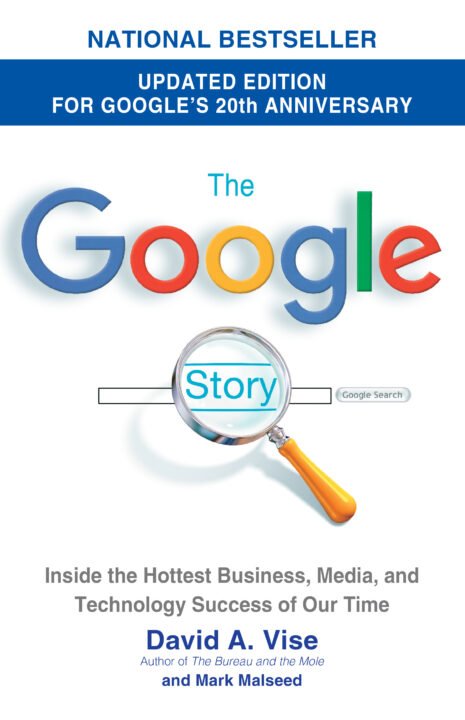
The History of Google: From a Research Project to a Global Giant
History of Google vision, and adaptability. Here’s a deep dive into the history of Google, its evolution, and its impact on the digital age.
Early Beginnings: The Birth of Google
Google was founded in September 1998 by Larry Page and Sergey Brin, both Stanford University graduate students. The pair met in 1995 when Larry was considering attending Stanford for his PhD and was introduced to Sergey, who was already a student. They began working together on a search engine project as part of Larry’s doctoral thesis.
Initially, the duo worked on a project called BackRub, which used a novel algorithm to rank web pages based on the number and quality of links pointing to them. This was a departure from the keyword-based search algorithms that were common at the time. They quickly realized the potential of this idea, which led to the creation of Google.
The name “Google” is a play on the word “googol,” which refers to the number 1 followed by 100 zeros, symbolizing the founders’ mission to organize an immense amount of information on the web.
The Early Growth: Launch and Expansion
Google’s first public release was in 1998, when it was still in beta and running on the Stanford University servers. The search engine quickly gained popularity due to its cleaner, faster interface and more relevant search results. By 1999, the company moved into a garage in Menlo Park, California, which is often considered Google’s official startup base.
In 2000, Google introduced its AdWords program, which allowed businesses to advertise on Google’s search results. This program became the backbone of Google’s revenue model, allowing the company to scale its operations rapidly.
Becoming a Household Name: IPO and Global Expansion
Google’s exponential growth continued in the early 2000s. The company expanded its range of services, including the introduction of Gmail in 2004, which revolutionized email with its 1GB storage and the use of an innovative conversation-based interface.
In 2004, Google went public, with its Initial Public Offering (IPO) raising nearly $2 billion. The stock price skyrocketed, and Google became a publicly traded company. This marked a pivotal moment in the company’s journey, solidifying its place in Silicon Valley’s elite tech companies.
After the IPO, Google continued to expand by acquiring other companies. In 2006, it acquired YouTube, further broadening its scope to video sharing. Over the next few years, Google acquired several other companies, including Android Inc. in 2005, which led to the development of the Android operating system—a key player in the mobile revolution.
The Google Era: Dominance and Innovation
In the following years, Google expanded into various markets, including cloud computing, hardware, and artificial intelligence. The company launched products like Google Maps, Google Drive, and Google Chrome, which have become central to everyday internet usage.
In 2015, Google reorganized itself under a new parent company called Alphabet Inc., with Google becoming its largest subsidiary. This restructuring allowed the company to focus on its core business while also exploring new ventures, including life sciences and autonomous vehicles through its various “Other Bets.”
Google also made strides in AI and machine learning with products like Google Assistant, Google Translate, and Google Cloud AI. The company’s algorithms are integral to billions of searches, and its AI-based technologies continue to drive innovation in numerous industries.
Controversies and Challenges
While Google’s success is undeniable, the company has also faced numerous controversies. Critics have raised concerns about issues such as privacy, monopoly, and censorship. Google has been involved in various antitrust investigations, particularly in the United States and Europe, over its dominance in the search engine market and its handling of user data.
The Future of Google
As of today, Google is an omnipresent force in the digital world, with products and services that touch nearly every aspect of modern life. The company’s search engine remains the most widely used globally, while innovations in AI, cloud computing, and self-driving technology position it to continue its growth for years to come.
Summary
From its humble beginnings as a university research project to a global technology leader, Google has dramatically transformed the way we interact with information. Its expansion into new markets and innovations in AI, search technology, and cloud services suggest that Google’s journey is far from over.
For further reading, you can refer to these sources:
-

 Blog7 months ago
Blog7 months agoMaria Taylor’s Husband: Jonathan Lee Hemphill’s Job, Family, and Kids Explained
-

 TECH7 months ago
TECH7 months agoiPhone 16 Pro Max VS iPhone 16 Pro: Features and Insights (2024-2025)
-

 FASHION4 months ago
FASHION4 months agoOld-Fashioned: Styles Across Generation
-

 SEO5 months ago
SEO5 months agoBest website platform for seo: top 5 popular websites, 1-book, 25 Top Free SEO Tools,
-

 TECH4 months ago
TECH4 months agoNew Innovations in Technology: The Future
-

 SEO5 months ago
SEO5 months agoGoogle Ranking Factors: top 50 factors
-

 TECH7 months ago
TECH7 months ago2025 mercedes-benz c-class images:
-

 SEO5 months ago
SEO5 months agoHow to Write an Article with AI: According to the google requirements ai article book














